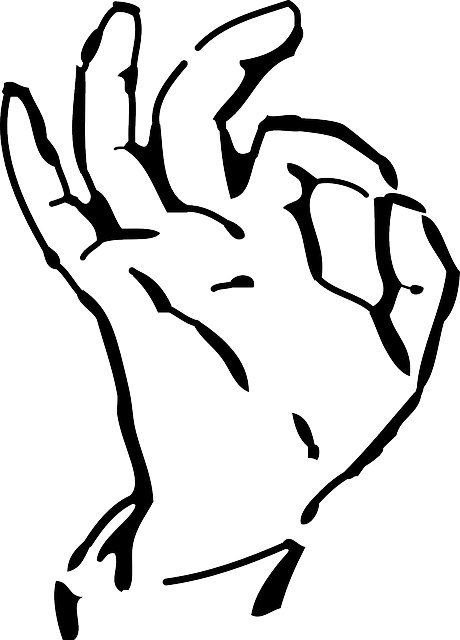Tang Wenyan, one of the seven sign language interpreters, takes part in a recent COVID-19 press conference in Shanghai.
Two COVID-19 experts of Shanghai, Zhang Wenhong and Wu Jinglei, have become local icons. They have made a place in people’s heart with their warm, professional and humorous remarks at every COVID-19 press conference, allaying residents’ fears and soothing their anxiety.
Standing firmly alongside them are a group of sign language interpreters from the Shanghai Disabled Persons’ Federation. They have been providing silent but warm power and support to the city’s deaf and mute.
The team of seven enables Shanghai’s estimated 80,000 deaf and mute people to enjoy the equal rights of “watching” a live broadcast of the press conference.
The heart-warming move was launched on February 22, 2020, when the federation raised the idea of arranging sign language interpretation at press conferences so that the city’s disabled group could also obtain timely and accurate pandemic prevention and control information.
Ti Gong
Xiao Liang working at one of the COVID-19 press conferences
During a recent press conference, Dr Zhang, head of Shanghai’s COVID-19 treatment team and director of the National Center for Infectious Diseases, mentioned quite a number of technical terms such as cycle threshold. For most, it was difficult to understand.
What about the sign language interpreters? It would well have been difficult for some but definitely not for Tang Wenyan, one of the seven interpreters.
Tang, who has 16 years of experience in sign language interpretation, accurately conveyed the meaning to the disabled.
“For cycle threshold, I interpreted it as a critical value,” Tang explained. “The use of sign language is like the use of a foreign language. When you get familiar with it and keep practicing it, it can be quite a natural process.
“We need to make our interpretation straightforward and easy to understand, particularly for the elderly disabled,” Tang told Shanghai Daily.
The interpretation service has been given a thumbs-up by local residents.
“It is such a human approach,” one of netizens said on a social media post.
By the end of last year, Shanghai had more than 80,000 people with hearing impairment, according to the Shanghai Disabled Persons’ Federation.
Tang said she initially learnt sign language out of curiosity and then decided to make a profession out of it because she found there’s a strong demand.
“In China, the research of sign language did not start long ago and it varies in different places, like local dialects,” she explained.
There is still a huge paucity of sign language interpreters in China and relevant research is still in early stage, Tang noted.
In fact, sign languages vary in different countries.
The world of sign language is just as colorful as that of other languages and has its own unique systems, wording and …….
Source: https://www.shine.cn/news/in-focus/2203233453/
